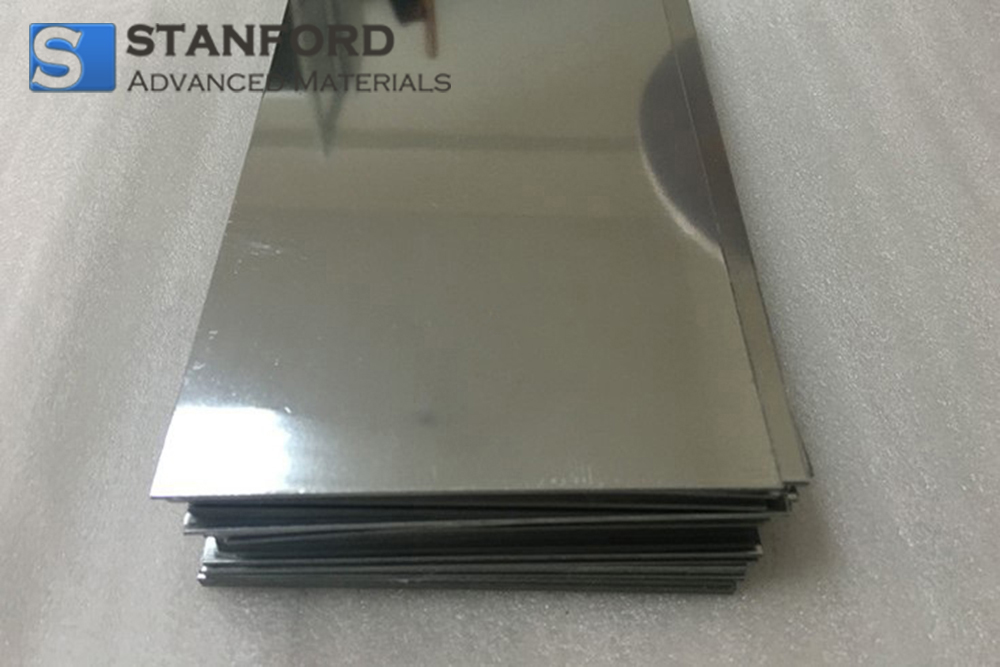TZM0092 TZM Alloy, TZM Molybdenum Alloy
| Catalog No. | TZM0092 |
| Size | Customized |
| Material | TZM Alloy |
| Standard | ASTM B387 & ASTM B386 |
| Density | 9.8 - 10.2 g/cm3 |
TZM alloy, also called TZM molybdenum alloy, refers to the Titanium-Zirconium-Molybdenum alloy. Stanford Advanced Materials (SAM) offers high-quality TZM Molybdenum products at the most competitive price. Various forms and dimensions are available.
Related products: Mo-La Alloy, Molybdenum Sheet, Molybdenum Rod, Molybdenum Wire
TZM Molybdenum Alloy Description
TZM alloy, also called TZM molybdenum alloy, refers to the Titanium-Zirconium-Molybdenum alloy. TZM Alloy contains 0.50% Titanium, 0.08% Zirconium and 0.02% Carbon. TZM Molybdenum Alloy is manufactured by either P/M or Arc Cast technologies. TZM Alloy has higher creep resistance and strength than pure molybdenum. SAM produces a wide range of molybdenum and molybdenum alloy mill products including forging billets, bars, rods, sheets, plates, and foil.
Molybdenum (Mo) is gray-metallic and has the third-highest melting point of any element next to tungsten and tantalum. It is found in various oxidation states in minerals but does not occur naturally as a free metal.
Molybdenum is well-known for its strength and stability in high-heat applications. It is often alloyed with other compounds to improve corrosion resistance and strength at high temperatures. Consequently, molybdenum is frequently used for making steel alloys, high-strength alloys, and superalloys. Molybdenum compounds usually have a low solubility in water. Industrially, they are used in high-pressure and high-temperature applications such as pigments and catalysts.
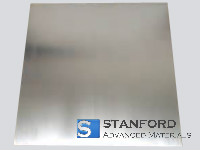
TZM Molybdenum Alloy Specifications
|
Physical Properties |
||
|
Density |
lb/in3 |
0.37 |
|
gm/cm3 |
10.22 |
|
|
Melting Point |
°F |
4753 |
|
°C |
2623 |
|
|
Thermal Conductivity |
Cal/cm2/cm°C/sec |
0.48 |
|
Specific Heat |
Cal/gm/°C |
0.073 |
|
Coefficient of Linear Thermal Expansion |
micro-in/°F x 10-6 |
2.50 |
|
micro-in/°C x 10-6 |
5.20 |
|
|
Electrical Resistivity |
micro-ohm-cm |
6.85 |
Mechanical Properties
|
Tensile Strength |
KSI (Mpa)-RT |
110 (760) |
|
Elongation |
% in 1.0". |
15 |
|
Hardness |
DPH |
220 |
|
Modules of Elasticity |
KSI |
46412 |
|
Gpa |
320 |
Common Specifications
|
Form |
Size (mm) |
Process |
Surface |
|
Wire (straight or rolled) |
Dia.: 0.5-4.0 Length: Customized |
- |
Black oxide; Chemically cleaned |
|
Rod |
Dia.: 4.0-100 Length: <2000 |
Drawing; swaging |
Black oxide; Chemically cleaned; Grinding |
|
Plate |
Thickness: 4.75-50 Width: Customized Length: Customized |
Forging; rolling |
Chemically cleaned; Grinding |
|
Tube |
O.D.: 0.8"-20" Length: Customized |
Sintering; drilling |
Fine Turning; Grinding |
TZM Molybdenum Alloy Applications
1. Aerospace industry: In the aerospace industry, TZM Alloys are commonly used to manufacture engine nozzles, turbine blades, combustion chamber components, and other high-temperature assemblies. Their high-temperature strength and corrosion resistance make them ideal for these critical components.
2. Nuclear Industry: Due to their excellent high-temperature properties and radiation stability, TZM Alloys are used as structural materials in nuclear reactors, heaters, chillers, and other critical components in nuclear energy applications.
3. Chemical industry: In high-temperature chemical environments, materials with good corrosion resistance and high-temperature strength are required. TZM Alloys can be used to manufacture corrosion-resistant components such as chemical reactors, pipelines and valves.
4. Medical equipment: Due to its biocompatibility and high-temperature properties, TZM Alloys have applications in the medical equipment field, for example, in the manufacture of components for radiotherapy equipment and high-temperature sterilization equipment.
5. Heat treatment industry: in high-temperature heat treatment processes, materials with good high-temperature strength and stability are required. TZM Alloys are commonly used as heating elements and structural components in heat treatment furnaces, vacuum furnaces, and other high-temperature equipment.
TZM Molybdenum Alloy Packaging
Our products are packaged in customized cartons of various sizes based on the material dimensions. Small items are securely packed in PP boxes, while larger items are placed in custom wooden crates. We ensure strict adherence to packaging customization and the use of appropriate cushioning materials to provide optimal protection during transportation.
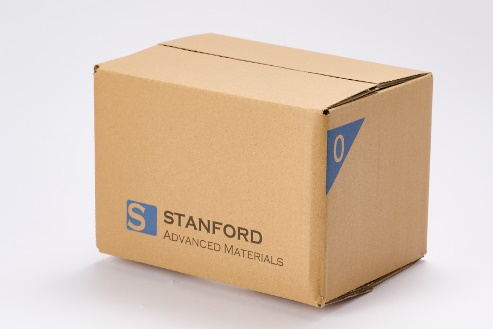
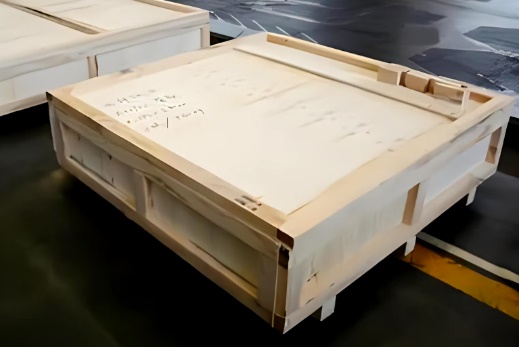
Packaging: Cartons, Wooden Box, or Customized.
FAQs
Q1. What are the differences between TZM Alloy and Pure Molybdenum?
Composition: Pure molybdenum consists of 99.95% Mo, while TZM alloy contains 0.5% titanium (Ti) and 0.1% zirconium (Zr), which improves its properties.
High-Temperature Strength: TZM retains higher strength at elevated temperatures compared to pure molybdenum.
Creep Resistance: TZM has superior creep resistance, making it ideal for load-bearing applications at high temperatures.
Recrystallization Temperature: TZM has a higher recrystallization temperature (around 1,100°C) than pure molybdenum (~900°C), enhancing its performance in extreme environments.
Q2. What is the working temperature of TZM Allolys?
TZM alloys are suitable for working temperatures between 700°C and 1,400°C.
- Like pure molybdenum, TZM begins to oxidize at around 400°C and experiences rapid oxidation above 500°C in an oxidizing atmosphere.
- At room temperature, TZM has similar strength to pure molybdenum.
- Above the recrystallization temperature of pure molybdenum (900–1,100°C), TZM maintains significantly higher strength.
- In load-bearing applications above 1,300°C, TZM is twice as strong as pure molybdenum.
Q3. What are the main applications of TZM Alloy?
Aerospace & Defense: Rocket nozzles, heat shields, and high-temperature structural components.
Industrial Furnaces: Hot zone components, crucibles, and heat-resistant shielding.
Electronics & Semiconductors: Heat sinks and electrical contacts in high-power devices.
Nuclear & Energy Sector: Components for nuclear reactors and high-temperature energy systems.
Related articles:
Pure molybdenum, TZM or MoLa Alloy?
High-temperature Applications of TZM Alloy
LATEST RECOMMENDED
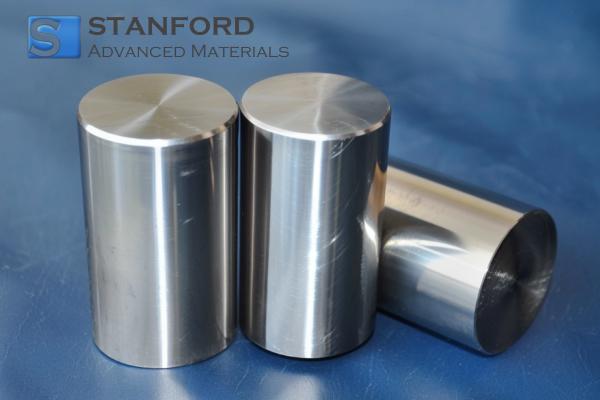

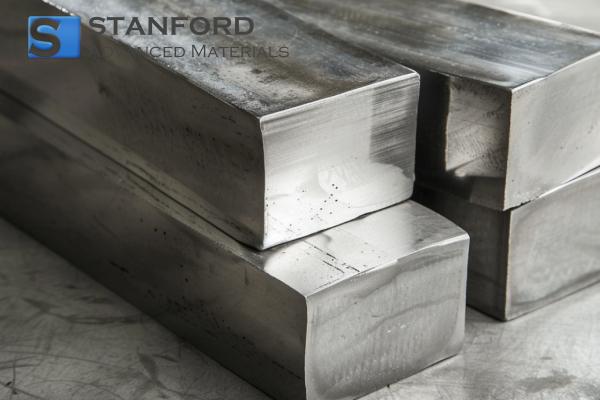
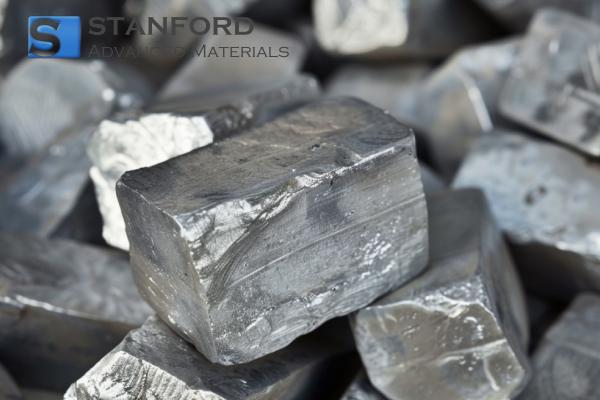
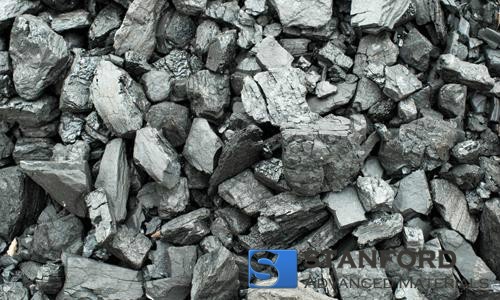
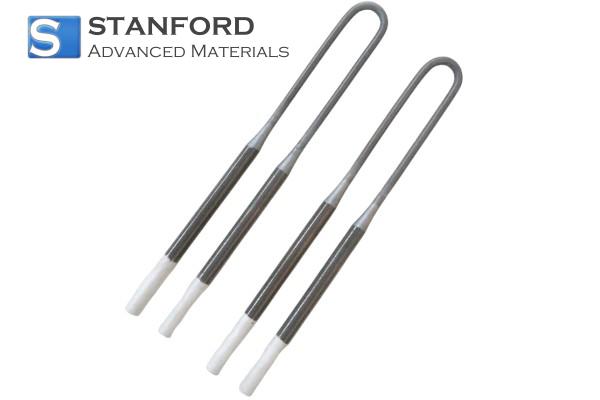
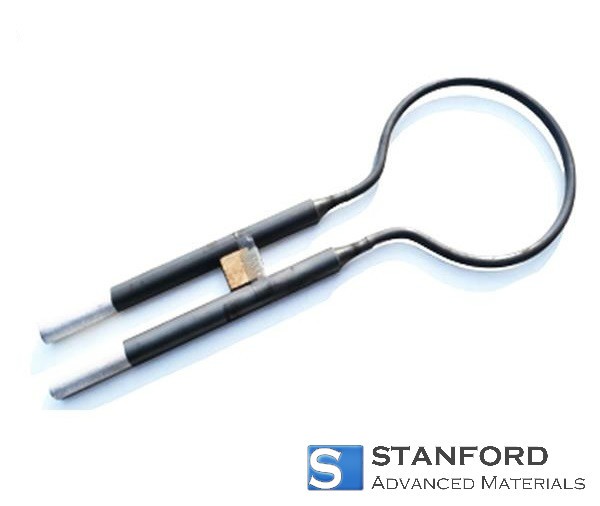
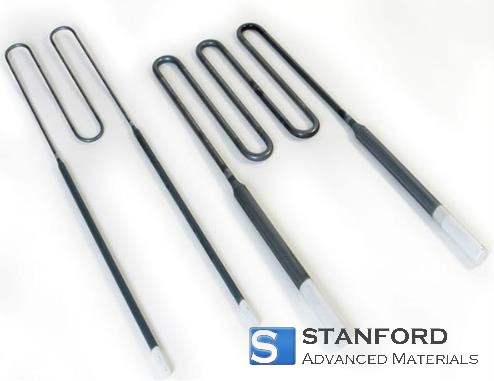
GET A QUOTE
Send us an Inquiry now to find out more Information and the latest prices,thanks!

